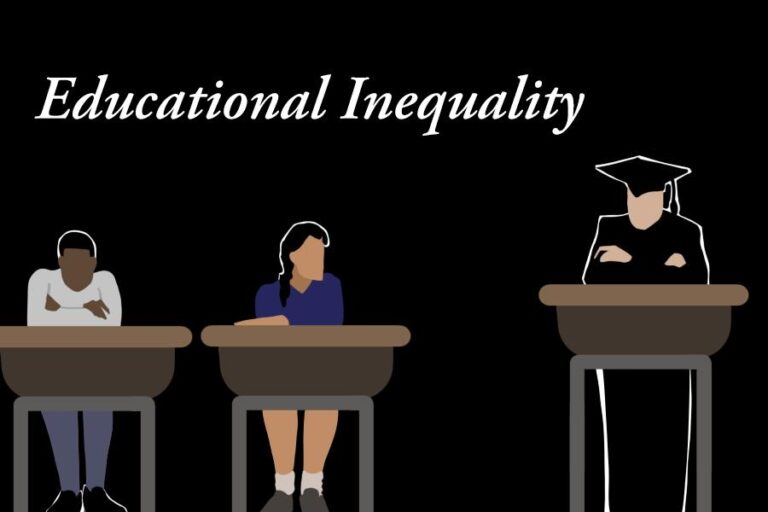Introduction
Vietnam is home to a rich tapestry of ethnic minority groups, each with unique cultures and traditions. However, these groups often face significant challenges when it comes to education. Educational disparities in Vietnam are a pressing issue that has lasting implications for social and economic development.
The Current State of Education for Ethnic Minorities
Despite government efforts, ethnic minority students in Vietnam consistently underperform compared to their ethnic majority peers. Factors such as language barriers, cultural differences, and socioeconomic status greatly influence educational outcomes. The lack of resources in rural areas further exacerbates these disparities.
Language Barriers
Language is one of the most significant obstacles for ethnic minority students. Many children are taught in Vietnamese, which may be their second or third language. This situation makes it difficult for them to grasp concepts and engage in the learning process effectively.
Socioeconomic Challenges
Poverty plays a crucial role in educational access and success for ethnic minority groups. Many families prioritize immediate economic needs over education, leading to higher dropout rates. This cycle of poverty further entrenches the educational gap between ethnic groups in Vietnam.
Government Initiatives and Reforms
The Vietnamese government has implemented several initiatives aimed at improving education for ethnic minorities. Programs that provide financial assistance, scholarships, and community-based education have shown some positive results. However, more comprehensive and sustained efforts are needed to bridge the educational divide.
Community Involvement
Engaging local communities is vital in addressing educational disparities. When communities are involved in the educational process, from curriculum development to resource allocation, the effectiveness of educational programs significantly increases. Community-driven initiatives often lead to culturally relevant education that resonates with ethnic minority students.
Conclusion
Educational disparities among ethnic minority groups in Vietnam remain a complex and multifaceted issue. Addressing these disparities requires a holistic approach that considers the cultural, socioeconomic, and linguistic challenges faced by these communities. For more insights on the situation of ethnic minority groups in Vietnam, you can visit this link.

